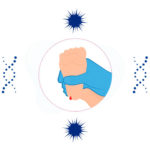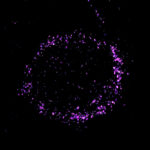Common questions about childhood cancer, answered
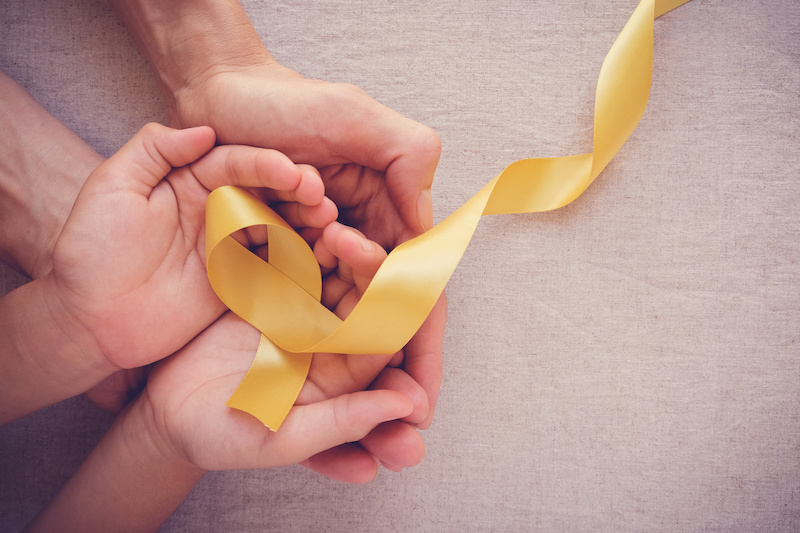
Childhood cancer is rare, but when it happens, it usually brings up an endless stream of questions for parents. How did this happen? What will life be like for my child?
In this episode of “Cancer Mythbusters” from Dana-Farber Cancer Institute, Dr. Allison O’Neill, clinical director of the Solid Tumor Program at Dana-Farber/Boston Children’s Cancer and Blood Disorder Center, answers some of the most common questions about childhood cancer.
Let’s start off with a big question: What do we know about what causes childhood cancer?
That is a big question, and one we wish we knew more about. There have been many longitudinal epidemiologic studies trying to arrive at more definitive risks for pediatric cancer, and the bottom line is we still don’t know enough of what causes this variety of diseases across children in general.
Studies are ongoing, and in some cases, we do know that there might be genetic risks. In the adult population, we know that smoking causes lung cancer, and that significant exposure to the sun can lead to melanoma. But there aren’t necessarily the same environmental risks per se that we can link to childhood cancer.
Can cancer be inherited, and what would you say to parents who might think it’s their fault that their child got diagnosed with cancer?
So, yes, it certainly can be inherited. We know of a number of genetic syndromes, or cancer predisposition syndromes, that are defined by a gene that is abnormal within a family. That gene is then inherited in each generation and may lend to risk for cancer.
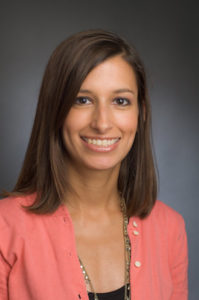
But that risk can vary substantially within generations. It can vary based on the genetic abnormality within families. The same abnormality might not be seen in two disparate families, and the risks might be very different, so just because a family has a particular gene abnormality doesn’t necessarily mean the risk between families is the same.
We have a cancer predisposition clinic now at the Jimmy Fund that sees all pediatric patients diagnosed with cancer. Cancer is so rare in pediatrics that I think, over time, we’re going to identify that there are more genetic causes than we previously realized.
That being said, it’s never the fault of the family. We can’t control our genetic makeup. Unfortunately, we can’t determine how these genes get passed on when families have children. The goal of this cancer predisposition clinic, in particular, is to create surveillance programs to watch children with more frequency when we know they have a particular risk, such that we can, hopefully, diagnose cancer at an earlier stage when it may be curable.
One common question is whether children with cancer pose a health risk to other children. Can you talk about this?
Of course. They pose absolutely no risk, but I think children with cancer probably still carry some stigma. I think it’s more a stigma of the unknown. If a child shares a classroom with a patient that’s been recently diagnosed, or if communities and families share resources — people may not know enough to realize that cancer is not contagious.
In reality, patients who are diagnosed and families that have a child recently diagnosed need more support than ever before, so I think we need to break that stigma and bring communities together to support these families.
How is cancer treatment in kids different than cancer treatment in adults?
That’s a tough question. The diseases that affect adults are very different from what we see in children, with a few exceptions — there are some diseases that overlap. The disease is really what dictates the therapy. For many diseases, we still rely upon combination chemotherapy (more than one chemotherapeutic agent in different combinations, delivered in a cyclical fashion).
I think our field is gradually moving towards targeted therapies that are dictated by the genetic makeup of the tumor, but we haven’t yet evolved to a point where we utilize those therapies alone. What I will say is that we’re very fortunate that children are able to tolerate therapy much better than adults in many circumstances. They are younger. Their organs are quite healthy. They’re unbelievably resilient, I think, physically and mentally and emotionally.
Many families come into our clinic with fear about how well their child will cope with the diagnosis or the treatment. And we often reassure families that children do a remarkably excellent job of tolerating their therapies.
Many parents wonder if their children can live a ‘normal life’ after treatment — can they?
That’s our absolute goal. We often set patients and families up for the expectation that they should lead as normal a life as possible during their treatment. We have a number of resources to accommodate them in school and at home, as well as their siblings and their families, but the goal is for them to lead as normal a life as possible after their treatment.
Now, of course, their treatment may come with certain toxicities that are lifelong medical problems. As our cancer treatments evolve and become more targeted and less toxic, or as we’re able to deliver less intensive therapy over time, I think the longstanding consequences of treatment are going to become more tolerable.
We have a cancer survivorship clinic at Dana-Farber where all of our patients are followed, not just in childhood but well into adulthood, for any possible risks after having received these drugs. Certainly, many of our children undergo life-altering surgeries for which they may have prostheses or require significant physical therapy or occupational therapy. But again, all of these things are put in place early so that these children can have as normal a life as possible in the aftermath of treatment.
If a child goes through cancer treatment, can they still have kids someday?
That’s a very good question. It really depends on the treatment they’ve received. Our pediatric program has recently instituted a fertility specialist, who works closely with one of our pediatric oncologists and has established an information-gathering session very early in treatment, as well as a plan for fertility preservation if necessary.
We review with families the treatment that their child will receive and the risks that treatment might impart on fertility. Then we provide a number of options as it pertains to fertility preservation, preserving either sperm or egg if the child is eligible for any of those procedures. We try to counsel the family as to the risks of infertility to help them make that decision prior to initiation of therapy. It is very treatment-specific, but having this program in place has really helped families plan for the future after treatment.
A myth that we want to explore here is whether all cancer treatments are toxic — what do you have to say on this?
That’s an excellent question, and that’s very treatment-specific. Each of the drugs we use comes with side effects, but I can say the same thing for Tylenol. If you read the Tylenol insert, there are four thousand side effects, and that’s a very benign drug, so you can imagine the same holds true for each chemotherapeutic agent we use or each targeted agent. But our jobs are to balance the potential side effects with the benefit of cure and the benefit of treatment. So, we are able to compile treatment regimens that cause the least amount of harm and are the least toxic, if possible, but confer the greatest benefit for efficacy.
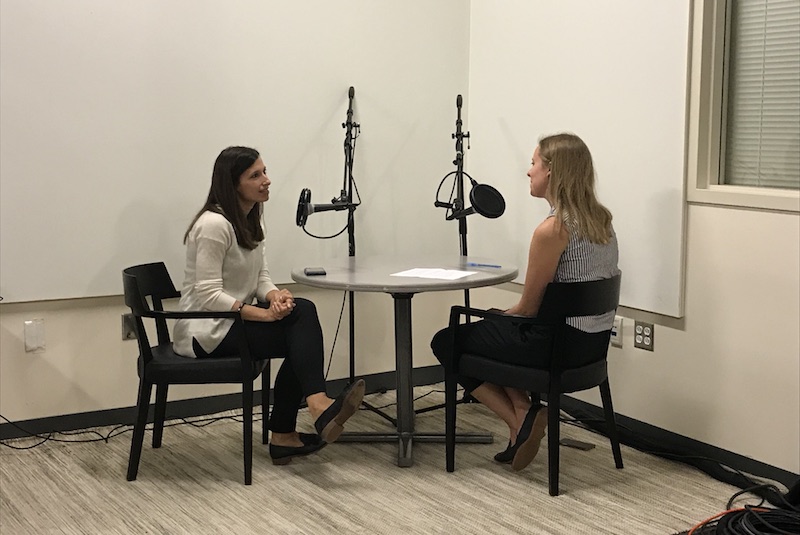
We’re getting better and better at predicting toxicities and protecting patients from them. And as I mentioned previously, our goal is to cut back on toxic therapies when possible such that we can provide children with normal lives in the aftermath of treatment.
Is there anything else you think a parent of a childhood cancer patient should know or keep in mind?
That’s a good question. Parents of pediatric cancer patients always blame themselves in some way. If I can leave parents with one tidbit: Don’t blame yourselves. You did nothing to cause this, even in the context of a genetically inherited abnormality. It’s not your fault.
Parents often wonder whether they can be doing more, and I can tell you that you’re doing everything you can, and you’re doing your very best, and that’s what your child needs. Those are my parting words and the truth that this is difficult to go through, but the vast majority of patients and families do an unbelievable job in supporting their child.
Learn more about treatment and support for pediatric cancer from Dana-Farber/Boston Children’s.
Related Posts :
-

Newborn genetic screening for pediatric cancer risk could save lives
Numerous genetic mutations increase children’s risk for various cancers. When they are detected early, cancers can potentially be caught ...
-

A true hero’s journey: How a team approach helped Wolfie overcome pancreatitis
Wolfgang, affectionately known as “Wolfie,” is a bright and energetic 7-year-old with a quick wit and a love for making ...
-

A toast to BRD4: How acidity changes the immune response
It started with wine. Or more precisely, a conversation about it. "My colleagues and I were talking about how some ...
-

A new druggable cancer target: RNA-binding proteins on the cell surface
In 2021, research led by Ryan Flynn, MD, PhD, and his mentor, Nobel laureate Carolyn Bertozzi, PhD, opened a new chapter ...


